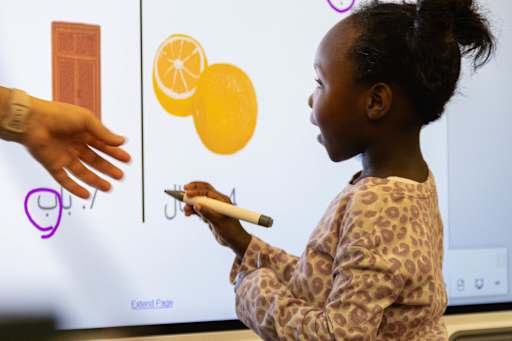Overview
Arabic language and literature represent a vast and influential cultural heritage spanning over 15 centuries. Originating in the Arabian Peninsula, Arabic has evolved into a major world language, serving as the liturgical language of Islam and a cornerstone of intellectual discourse across the Middle East and North Africa.
Key Concepts
Central to Arabic literature is the Qur’an, whose linguistic brilliance set a high standard for subsequent works. Other key concepts include the rich tradition of poetry (shi’r), prose (nathr), and the intricate system of Arabic grammar and rhetoric.
Deep Dive
The classical period saw the flourishing of diverse genres, including epic tales, philosophical treatises, scientific works, and mystical poetry. Prominent figures like Al-Jahiz, Ibn Khaldun, and Rumi made indelible contributions. Modern Arabic literature grapples with themes of identity, politics, and societal change.
Applications
Arabic language skills are vital for diplomacy, international relations, and understanding Islamic civilization. Its literature offers profound insights into human experience, philosophy, and history, influencing countless other cultures and languages.
Challenges & Misconceptions
Misconceptions often arise regarding the perceived rigidity of Classical Arabic versus the diversity of its spoken dialects. The richness and adaptability of the language, however, are testaments to its enduring vitality.
FAQs
What is the difference between Modern Standard Arabic and dialects?
Modern Standard Arabic (MSA) is used in formal contexts, while dialects are spoken colloquially and vary regionally.
Who are some famous Arabic poets?
Famous poets include Imru’ al-Qais, Al-Mutanabbi, and Mahmoud Darwish.



